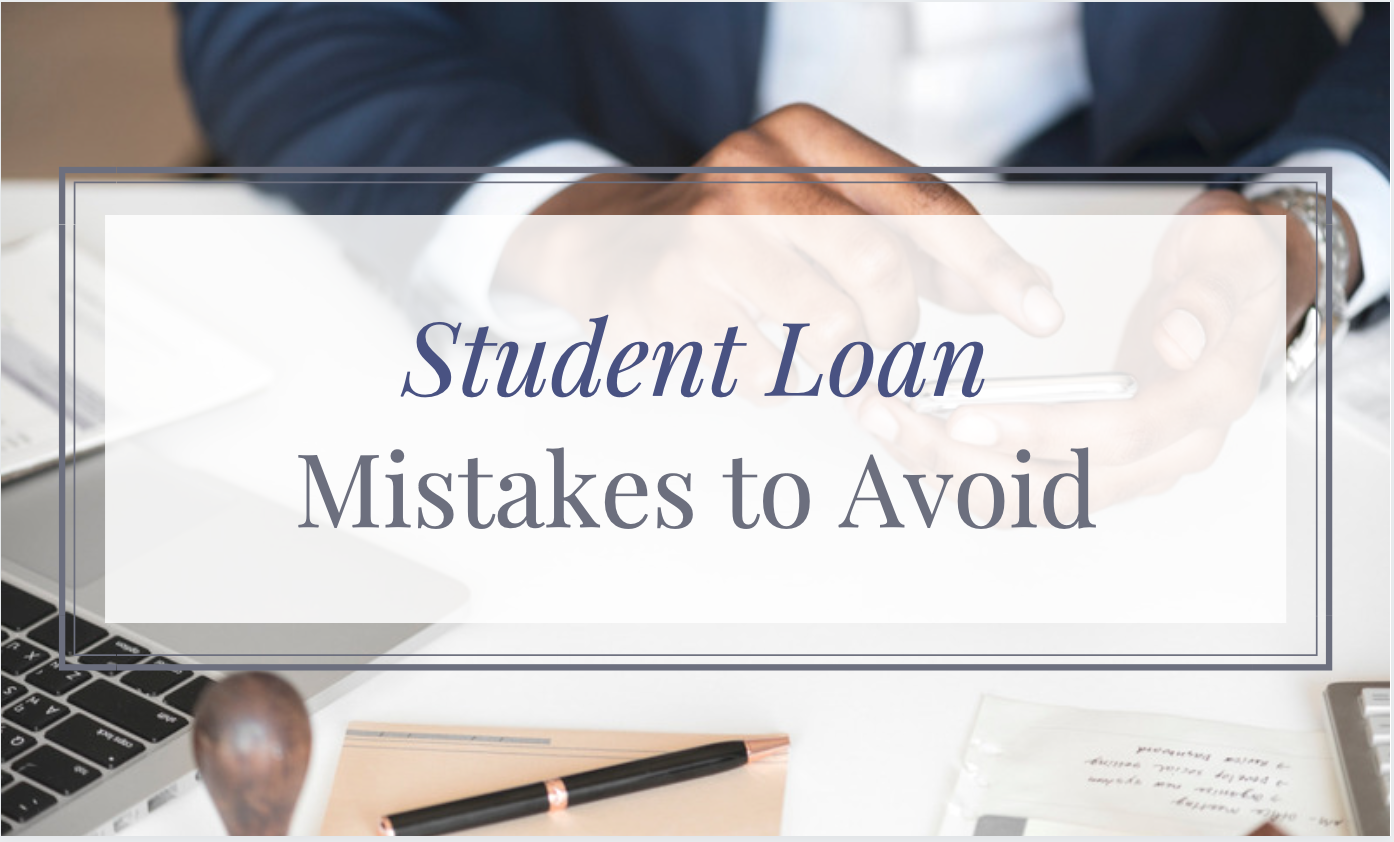Private Student Loans
Private student loans often involve applying directly through the lender’s website or contacting a loan officer. Applications usually require personal financial information, credit history, and academic records. Some lenders may also require a co-signer, particularly for borrowers with limited or no credit history.
Misconceptions About Eligibility
Common misconceptions about student loan eligibility include believing that a high GPA is the sole determining factor or that a specific financial need is required for federal loans.
- GPA as the sole determinant: While a good academic record can be a factor, it’s not the only factor considered for federal student loan eligibility. Financial need, among other factors, plays a crucial role.
- Financial need for federal loans: Federal student aid programs are designed to assist students with various financial situations. Financial need is a key factor in determining the amount and type of aid a student may receive, but it’s not the sole requirement.
Debunking Common Loan Misconceptions
Student loans are a crucial component of higher education financing, yet misconceptions surrounding their availability, costs, and repayment options can significantly impact students and their future. Understanding the true nature of these loans is essential for making informed decisions. This section delves into the realities behind common myths and provides a clear picture of the complexities involved.Loan applications are not as straightforward as some may believe.
While the process may seem simple, numerous factors influence loan eligibility, interest rates, and repayment terms. These factors aren’t arbitrary; they are calculated to assess risk and reflect the borrower’s potential for repayment.
Perceived Ease of Obtaining Student Loans
The perception of student loans being readily available often misrepresents the reality. Eligibility criteria, which vary based on factors like credit history, income, and academic performance, are meticulously evaluated. A strong credit history, demonstrated financial responsibility, and a consistent academic record are frequently required. Moreover, lenders carefully assess the student’s ability to repay the loan, considering factors such as the chosen field of study and potential employment prospects after graduation.
Factors Impacting Loan Eligibility, Interest Rates, and Repayment Terms
Several factors influence the terms of a student loan. These include the borrower’s creditworthiness, the type of loan (federal or private), the school attended, and the loan amount. Creditworthiness, often measured by credit scores, reflects the borrower’s history of repaying debts. Federal loans often have fixed interest rates, while private loans may adjust based on market conditions.
The school attended can impact eligibility criteria, particularly in cases of for-profit institutions. Higher loan amounts typically lead to higher interest rates and more complex repayment schedules. The chosen field of study, while not always a direct factor, can affect the borrower’s future earning potential and thus their ability to repay the loan. For example, a medical student may have a higher earning potential, leading to better loan terms.
Myths about Loan Forgiveness Programs
Loan forgiveness programs are often presented as a simple solution to student loan debt. However, eligibility criteria for these programs are stringent and vary greatly depending on the specific program. For instance, Public Service Loan Forgiveness (PSLF) requires specific employment in public service for a defined period. Eligibility is not guaranteed, and careful adherence to program guidelines is crucial for successful forgiveness.
